GS80 research
GS-80 – a 40% silver non gamma 2 admix alloy
Performance
- Smales R. J., Gerke D. C.; Clinical Behavior over Three Years of GS-80 and Lojic+ Amalgam Alloys, Aust. Dent J. 1994;39(6):344-347.
- Asmussen E., Pentzfeldt A., The Royal Dental College Copenhagen. Unpublished correspondence August 1988.
- Roberts H. W. Lt Col, Coover M. Lt Co, Meyer R., Mitchell W., Beasley B., Berridge J., Evaluation of GS-80 Amalgam, USAF Dental Investigation Service.
Biocompatible
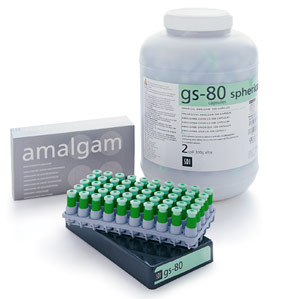
Performance
Smales R. J., Gerke D. C., Clinical Behavior over Three Years of GS-80 and Lojic+ Amalgam Alloys, Aust. Dent J. 1994;39(6):344-347.
The clinical performance of GS-80 and Lojic+ amalgam alloys was compared with that of Dispersalloy, Valiant-PhD, Lojic N and Permite amalgam alloys over periods of up to three years. The 114 restorations were placed by one dentist in 23 canine, 418 premolar and 673 molar permanent teeth of 301 adult patients treated in a private practice.
Direct and indirect clinical assessments were made of the restorations for failures (there were no true failures), and of the deterioration of four clinical factors. All restorations were rated as being either good (A) or adequate (B) for each of the four factors which, apart from surface texture, showed some slight but statistically significant clinical deterioration with time, Lojic+ and Permite showed clinically slight but statistically more surface roughness and marginal fracture, while Lojic+ and GS-80 showed more surface tarnishing, than did the other alloys. There were no statistically significant differences between the alloys for marginal staining.
GS-80 was subjected to assessments of surface texture, tarnishing, marginal staining and marginal fracture. Assessment was done using photographic techniques and the results rated by rank. GS-80 is reported as being easy to carve and polish giving a smooth finish. The differences in the properties evaluated are reported as being clinically insignificant.
Performance
Asmussen E., Pentzfeldt A., The Royal Dental College Copenhagen. Unpublished correspondence August 1988.
GS-80 capsules were tested by the authors. They reported that the compressive strengths were high and far above the limit of the specification. The setting expansion is reported as being slightly positive and is optimal. The authors conclude that the amalgam alloy “must be regarded as a high quality product”.
Performance
Roberts H. W. Lt Col, Coover M. Lt Co, Meyer R., Mitchell W., Beasley B., Berridge J., Evaluation of GS-80 Amalgam, USAF Dental Investigation Service.
To evaluate the clinical handling characteristics and selected physical properties of GS-80 amalgam restorative material. The results of this evaluation will determine its suitability for use in federal dental service clinics. The Laboratory evaluation consisted of exterior amalgam capsule microscopic evaluation, mercury vapour readings during trituration, residual visible mercury retained in the capsules after trituration and microleakage.
GS-80 was rated as acceptable for use by the Federal Dental Services with the following comments:
- good clinical handling features;
- easy to activate and open;
- good carving characteristics;
- 83% of the evaluators rated GS-80 as above average and recommended it for use in their clinics.
Biocompatible
Ellender G., Feik S., Gaviria C., The biocompatability testing of some dental amalgams in vivo. Australian Dental Journal 1990;35(6):497-504.
The biological responses to some dental amalgams were determined in vivo and compared with those of dental porcelain. The technique of implantation employed in the study addressed some of the vagaries of the recommended standard Practices for Biological Evaluation of Dental Materials (RSP) and considered both cellular responses (inflammation, infiltration and fibrogenic cell activity) and the organizational status of the resultant encapsulation. The implantation sites for both the experimental and control were biogeometrically similar unlike those currently recommended in RSP. At the end of the test period, all the dental amalgams tested caused minor responses reflected by the formation of thin capsules with an acceptable matrix organization. The Australian manufactured dental amalgams – Permite, Lojic, F400, New Ultrafine and GS80 all produced even capsules with quiescent cells. By one hundred days, the capsule around Dispersalloy, although generally well formed, showed some areas of cellular activity and matrix variability. The biological responses to all the dental amalgams examined were mild and considered to be acceptable for clinical usage. The matrix organization of enveloping capsules must be considered in the determination of the biocompatibility of a dental restorative material.(Received for publication October 1988. Revised June 1989. Accepted October 1989).
GS-80 along with 4 other SDI alloys was studied for biocompatibility. Cellular response (inflammation, infiltration and fibrogenic cell activity) and organisational status of the resulting encapsulation was considered. GS-80 is described as producing even capsules with quiescent cells and performed better than the control alloy, Dispersalloy. The biological response of GS-80 is reported as being mild and considered to be acceptable for clinical usage.
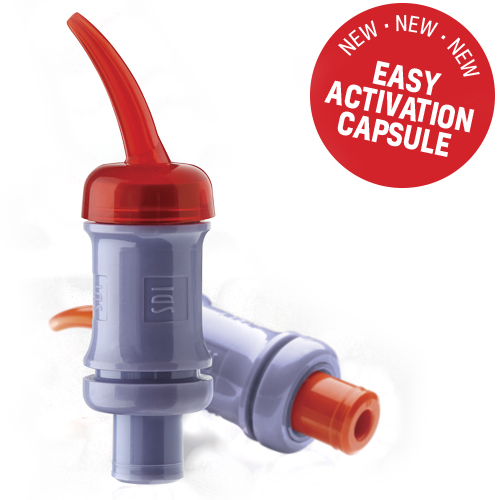
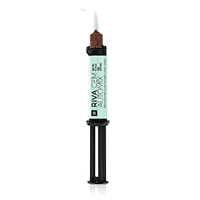
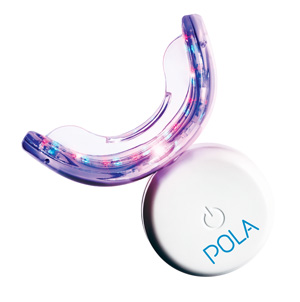
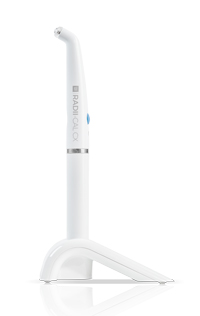
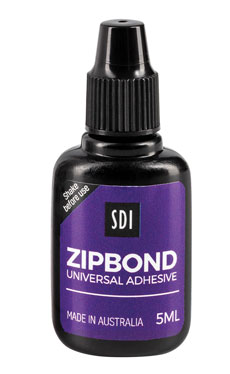


 Australia -
Australia -  New Zealand -
New Zealand - 
 United States -
United States -  Canada -
Canada -  Canada -
Canada -  Central/South America -
Central/South America -  Brazil -
Brazil - 
 Ireland -
Ireland -  Germany -
Germany -  France -
France -  Italy -
Italy -  Spain -
Spain -  Poland -
Poland -  Portugal -
Portugal -  Czech Republic -
Czech Republic -  Other European countries -
Other European countries - 


